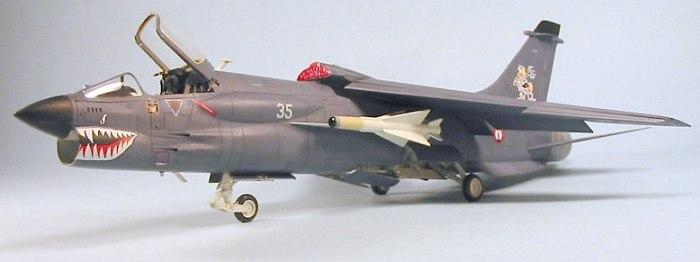- Joined
- 15 July 2007
- Messages
- 4,889
- Reaction score
- 4,554
What happens if....
Bristol builds the BE.30 or 33?
Or AS the P.151?
Or RR one of the RB.106 versions?
Maybe the small RB.126 or the large RB.128
What happens if the Buccaneer flies with the BE.33 instead of the Gyron Junior?
No Spey for the mk2 I might suggest.
What happens if India buys the BE.30 for the Marut?
Might the Gnat mkV get further with one of these?
Might the Lightning be so fitted?
What happens if the F4 is still chosen but instead of the Spey it gets the Thames?
Higher velocity exhaust means a much higher and faster flying F4.
Could we see F104 or F8 with one of these?
Had the bigger Thames versions been built, would this be chosen by Avro Canada for the Arrow?
Without the costs of getting Orenda to develop the Irequois?
Would we see these developed into maritime GT's?
Ships powered by RB.128 instead of Olympus?
Or Tynes replaced by BE.30?
How would it effect the process of Concord? Would it fly with RB.128s?
How might turbofans develop if these new cores exist?
A bypass BE.30 or RB.106 for example.
Let's add a real wildcard in. What happens if a test article is built using EE's ramjet wing?
Could we see a missile development?
Bristol builds the BE.30 or 33?
Or AS the P.151?
Or RR one of the RB.106 versions?
Maybe the small RB.126 or the large RB.128
What happens if the Buccaneer flies with the BE.33 instead of the Gyron Junior?
No Spey for the mk2 I might suggest.
What happens if India buys the BE.30 for the Marut?
Might the Gnat mkV get further with one of these?
Might the Lightning be so fitted?
What happens if the F4 is still chosen but instead of the Spey it gets the Thames?
Higher velocity exhaust means a much higher and faster flying F4.
Could we see F104 or F8 with one of these?
Had the bigger Thames versions been built, would this be chosen by Avro Canada for the Arrow?
Without the costs of getting Orenda to develop the Irequois?
Would we see these developed into maritime GT's?
Ships powered by RB.128 instead of Olympus?
Or Tynes replaced by BE.30?
How would it effect the process of Concord? Would it fly with RB.128s?
How might turbofans develop if these new cores exist?
A bypass BE.30 or RB.106 for example.
Let's add a real wildcard in. What happens if a test article is built using EE's ramjet wing?
Could we see a missile development?
Last edited:

